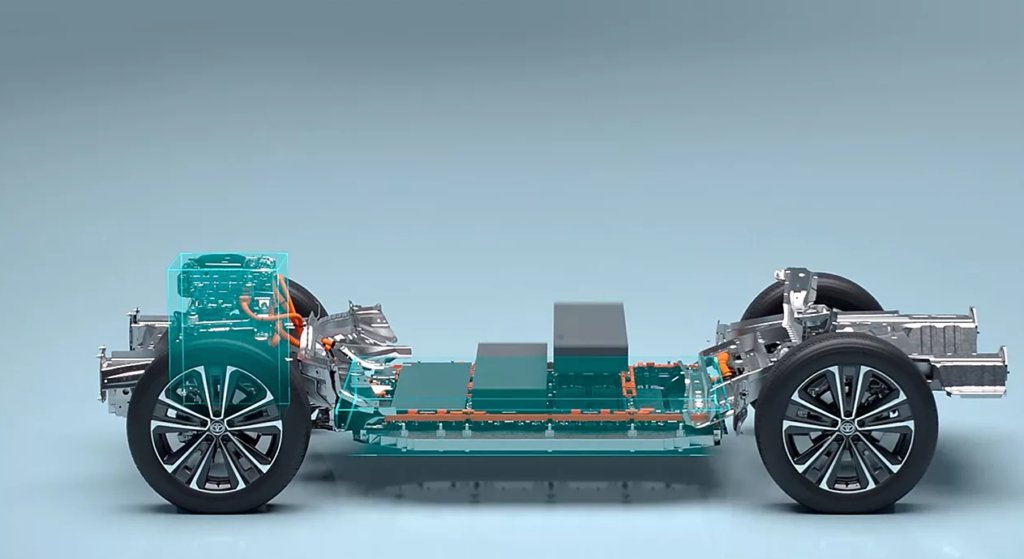Toyota said on Tuesday it has made a technological breakthrough that will allow it to halve the weight, size, and cost of batteries.
“For both our liquid and solid-state batteries, we are aiming to drastically change the situation where current batteries are too big, heavy, and expensive,” said Keiji Kaita, president of Toyota’s research and development center for carbon neutrality.
“In terms of potential, we will aim to halve all of these factors.”
The automaker announced last month that it plans to commercialize its solid-state battery technology in EVs by 2027 at the earliest.
Industry experts have long heralded solid-state batteries as the most promising technology to solve EV battery problems such as charging time, capacity, and the risk of catching fire.
The technology replaces the liquid electrolyte with a solid one and uses lithium at the anode instead of graphite.
The solid-state batteries could grow to over $6 billion by 2030, according to a report by IDTechEx.
The technology, however, remains expensive and difficult to produce.
Toyota claims its “technological breakthrough” will resolve durability issues, allowing an EV powered by a solid-state battery to have a range of 1,200km and a charging time of 10 minutes or less.
“Often there are breakthroughs at the prototype stage but then scaling it up is difficult,” David Bailey, a professor of business economics at the University of Birmingham, told The Guardian.
“If it is a genuine breakthrough it could be a game-changer, very much the holy grail of battery vehicles.”
Shares in Toyota have risen 10% since the company announced its solid-state batteries plan last month.
The company’s chief technology officer, Hiroki Nakajima, cautioned that the automaker did not necessarily see the technology as “the ultimate solution” for battery challenges.
“There is also room for improvement for liquid-based batteries,” Nakajima said.








